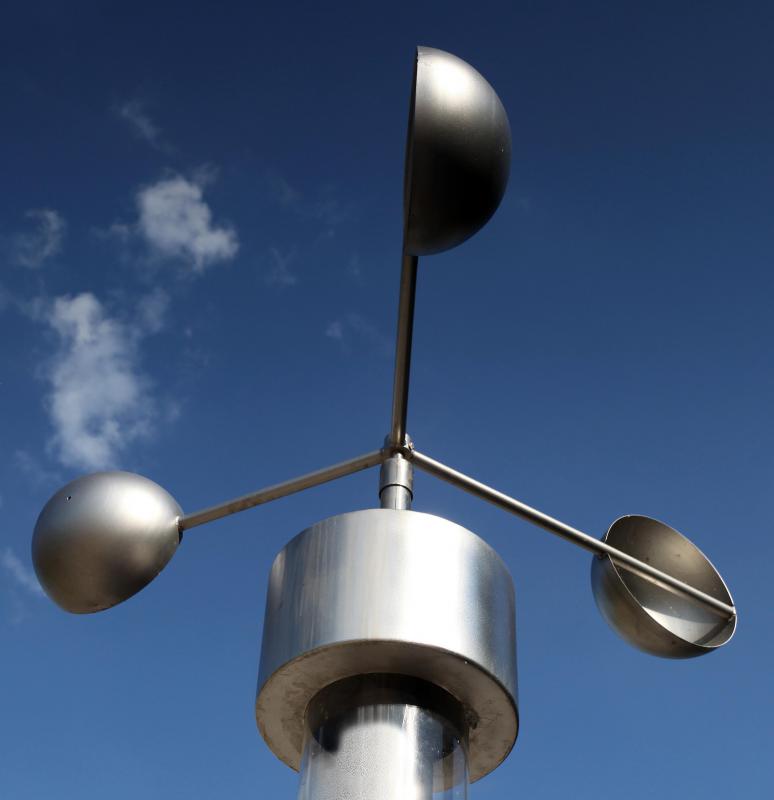At HomeQuestionsAnswered, we're committed to delivering accurate, trustworthy information. Our expert-authored content is rigorously fact-checked and sourced from credible authorities. Discover how we uphold the highest standards in providing you with reliable knowledge.
What is a Wind Gauge?
A wind gauge, also known as an anemometer, is an instrument used to measure wind speed, direction and pressure. The first mechanical wind gauge was created in 1450 by Leon Battista Alberti, an Italian artist and architect. Modern anemometers are most commonly used in weather stations.
Cup anemometers are the simplest wind measurement tools. They consist of cups mounted on the end of horizontal arms which are positioned at equal angles from one another. The cups turn as the wind flows past them and the speed of rotation is used to determine the speed of the wind.

A hot wire, or thermoelectric, wind gauge uses a fine heated wire to measure wind velocity. As the wind blows, it cools the wire and the velocity is calculated based upon the resistance of the wire and temperature of the metal. These anemometers are used for studying turbulent wind flows because of their high-frequency response.
Laser Doppler anemometers use a beam of light from a laser to determine wind velocity. The beam is split in two with one end exiting the device. Seed material is introduced to the air around the beam and this material reflects the light into a detector. The detector then records the speed of the seed material, thus calculating the speed of the wind.

There are a variety of other wind measurement tools used by meteorologists to measure the velocity and pressure of wind. Windmill or propeller anemometers consist of vanes that rotate as the wind blows. Tube anemometers use wind pressure to measure speed. Sonic anemometers use ultrasonic sound waves to determine wind direction and speed.
There are also many wind measurement tools geared toward the average person. Electronic hand held weather machines and wind meters are readily available for purchase. These devices are easy to use and display the wind speed in several different formats, usually chosen by the user.

Hunters and archers often use an electronic anemometer to ensure they remain downwind of prey. Home and garden shops and specialty stores offer functional wind gauges for placement in gardens and on lawns. Track and field events such as ski jumps also utilize an anemometer to determine suitability for jumps. If there is too much wind, it will slow the skier or possibly even cause injury.
A simple wind gauge to measure speed and relative direction can be made at home using cardboard and string. Although these homemade versions of the anemometer won’t be as precise, they are a fun science project and can still provide accurate information.
AS FEATURED ON:
AS FEATURED ON:













Discuss this Article
Post your comments